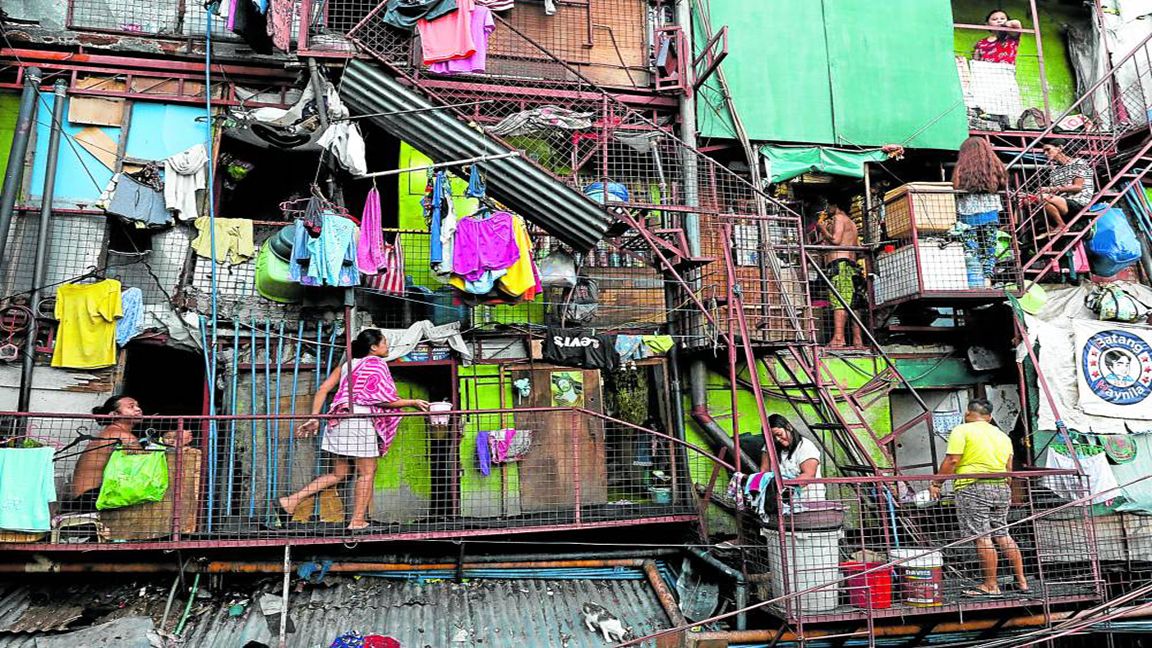Poverty worsened during the first half of the year rising to 23.7 percent or about 26.1 million Filipinos with more pronounced poverty in areas with stringent quarantine rules such as Regions 3, 4-A and 7. The latest poverty figures are higher than those in 2018 when incidence was at 21.1 percent or 22.26 million Filipinos.
POVERTY incidence in the Philippines rose by 23.7 percent during the first half of 2021 or about 26.1 million Filipinos, according to data from the Philippine Statistics Authority.
Increasing poverty was more pronounced in areas with stringent quarantines compared to regions with less stringent quarantines.
For instance, in Regions III, IV-A, and VII poverty increased by over 4 percentage points.
The poverty incidence in the National Capital Region also increased by around 1.2 percentage points,” said Socioeconomic Planning Secretary Karl Chua.
The latest poverty figures are higher than those recorded in 2018, when the poverty incidence was 21.1 percent, equivalent to 22.26 million Filipinos, reported Business World.
This translates to 3.9 million more Filipinos living in poverty amid the coronavirus pandemic.
At the family level, poverty incidence stood at 18 percent, higher than the 16.2 percent recorded three years ago. This is equivalent to 4.74 million families, higher than the 4.04 million in 2018.
A family of five now needs at least P12,082 to meet the most basic food and non-food needs, 14.7 percent higher than the monthly average of P10,532 in 2018.
National Statistician Dennis Mapa explained that being poor a family earns over the said amount, as it is only a threshold.
Meanwhile, the proportion of Filipino families whose incomes were less than the food threshold or P8,393 stood at 7.1 percent. One in 10 Filipinos were considered food poor in the first semester of 2021.
Regions
The National Capital Region posted the lowest poverty incidence among families at 5.2 percent.
Meanwhile, the Bangsamoro Autonomous Region in Muslim Mindanao posted the highest at 39.4 percent.
The latest poverty data translates to an increase of 3.87 million poor individuals to 26.14 million poor in the first half of 2021, the PSA said.
The subsidence incidence among Filipinos — or the proportion of those whose incomes fell below the monthly food threshold — stood at 9.9 percent in the first semester of 2021 from 8.5 percent in the same six months in 2018.
Likewise, poverty incidence among Filipino families — or the proportion of those whose incomes fell below the poverty threshold — went up to 18 percent from 16.2 percent.
The subsistence incidence among families — or the proportion of those in extreme poverty — worsened to 7.1 percent from 6.2 percent.
Food threshold is the minimum income required to meet basic food needs and satisfy the nutritional requirements set by the Food and Nutrition Research Institute to ensure that one remains “economically and socially productive.”
Similarly, the poverty threshold is the minimum income needed to meet basic food and non-food needs such as clothing, housing, transportation, health, and education expenses.
The per capita poverty threshold in the first half of 2021 was P14,498 per month as compared to the P12,638 in the same period of 2018.
Meanwhile, the monthly poverty threshold for a family of five members was P12,082 versus the P10,532 in 2018’s first half.
The per capita food threshold was P10,071 per month in the first half 2021 as compared to P8,849 in the first half of 2018. For a family of five, the monthly food threshold in the first half of 2021 was P8,393 versus P7,374 in 2018’s first half.
The results also noted that incomes of poor families, on the average, fell 27 percent short of the poverty threshold in this year’s first half. This means that, on the average, an additional monthly income of P3,262 was needed by a poor family with five members to move out of poverty.
The data were derived from the Family Income and Expenditure Surveys (FIES) which the PSA conducts every three years. The 2021 FIES was conducted in July 2021 with a sample size of 174,007 families, in which the PSA noted “can provide reliable estimates at the national level and disaggregation by regional, provincial and highly urbanized cities.”
Tags: #NEDA-PSA, #povertyincidence, #quarantines, #individualandfamilyfoodpoverty, #economics
